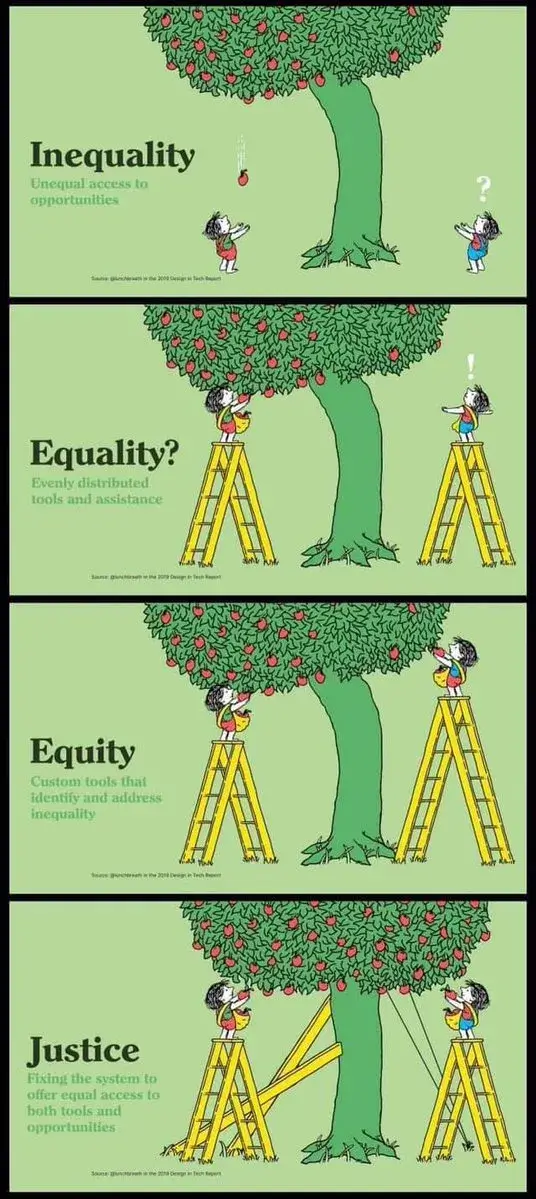15 diversity and inclusion statistics that every workplace leader should know in 2026
Diverse and inclusive workplaces are better for everyone – for individuals, organisations and the economy. These statistics prove it.
Read MoreTalking about diversity, equity, and Inclusion (DEI) can sometimes feel uncomfortable.
And that’s because these topics often touch on deeply personal experiences – it’s only natural to worry about saying or doing the wrong thing.
But the truth is, without taking the time to track and measure DEI metrics and employee experiences, organisations can’t uncover the areas where they’re falling short – or take the steps needed to create meaningful change.
Measuring DEI should never about be ticking boxes.
It’s about understanding the experiences of everyone in your workplace, identifying barriers, and creating an environment where everyone feels valued, heard and included.
In this article, we’ll explore why tracking DEI metrics is so important, the key demographics and data points to focus on, and how to how to track DEI metrics across the entire workforce in a way that’s safe, inclusive, and actionable.
Measuring diversity, equity, and inclusion (DEI) helps create a workplace where everyone feels like they belong – simple as that.
Many organisations are too afraid to prioritise DEI because they worry about getting it wrong, facing backlash, or uncovering uncomfortable truths about their workplace.
But it’s not about being perfect, and having these conversations will always be better than burying your head in the sand.
Prioritising diversity is about showing your organisation’s commitment to creating a fairer, kinder environment for everyone.
And beyond simply being the right thing to do, supporting DEI is good for business.
Diverse companies earn 2.5 times higher cash flow per employee, and inclusive teams are more productive by over 35%.

To make meaningful progress in your DEI efforts, it’s essential to gather data that helps you understand where you stand and where to improve.
Tracking the right DEI metrics ensures you can measure progress and identify areas that need your attention.
Representation refers to demographic make-up of your organisation’s workforce across various levels and roles.
These metrics crucial for understanding how well different groups are represented within a company.
By analysing these percentages, you can identify imbalances and set goals to ensure everyone has equal opportunities to be successful at work.
Important note – It is very important to collect this information sensitively, compassionately and anonymously – to maintain trust, and avoid bias or discrimination.
When asking employees for this information, it must always be optional and voluntary – nobody should ever be forced to provide this information if they are not comfortable.
Inclusion metrics are tools that help organisations measure how well they are creating an environment where everyone feels valued, respected, and able to contribute.
While representation metrics focus on “who is in the room” inclusion metrics goes deeper – looking into how people feel and interact once they’re there.
At Stribe, we will always recommend anonymous diversity surveys for gathering feedback that relates to DEI experiences.
Equity metrics help your organisation understand how fair and accessible opportunities, resources, and policies are for everyone – no matter their background or circumstances.
By focusing on equity, you’re not just asking, “Are things equal?” but rather, “Are we meeting the specific needs of each employee to ensure they can succeed?”
Famous image of equity apple tree
The Equity Apple Tree (credit unknown).

Capturing demographics is the only way to truly improve and understand the impact of your DEI efforts – but there is a right way to gather this information.
It is essential to do so in a way that respects employees’ privacy and comfort.
The key points to keep in mind to safely gather DEI demographics:
First, make sure that all demographic questions are optional – no one should ever feel forced to share information they’re not comfortable with.
Clearly communicate the purpose behind collecting demographic data, emphasising that it’s for creating a more inclusive and supportive workplace.
To ensure anonymity, always use anonymous surveys or trusted third-party tools that protect identity, and reassure employees that their responses won’t be linked back to them in any way.
It’s also important to use inclusive language – make sure your demographic categories reflect a broad range of identities and are updated regularly to align with how employees identify today.
In addition, be transparent about how the data will be used and share the positive impact it’s making.

At Stribe, we understand that measuring and supporting DEI requires more than just collecting and segmenting data – it’s about listening to your employees and taking meaningful action.
Our platform prioritises employee voice and ensures complete anonymity, making it easier for your team to share honest feedback.
With powerful segmentation capabilities, Stribe helps you identify key trends and insights across different demographic groups, allowing you to focus on the areas that need the most attention.
Plus, our easy-to-use survey tools make running diversity surveys straightforward, so you can track progress and drive positive change in your workplace.
About the author

Starting out her early career as a journalist, Jade Madeley is an accomplished content writer with 8+ years’ experience across business, personal finance, SaaS, human resources and employee engagement. Working with Stribe, she crafts insightful content that brings complex HR topics to life and drives meaningful action.
Diverse and inclusive workplaces are better for everyone – for individuals, organisations and the economy. These statistics prove it.
Read MoreBritish workers (63%) say feedback is the best way for organisations to promote diversity and inclusivity within the workplace.
Read MoreTop DE&I companies know that data and feedback are crucial for positive change – and that includes publicly acknowledging DE&I figures.
Read More